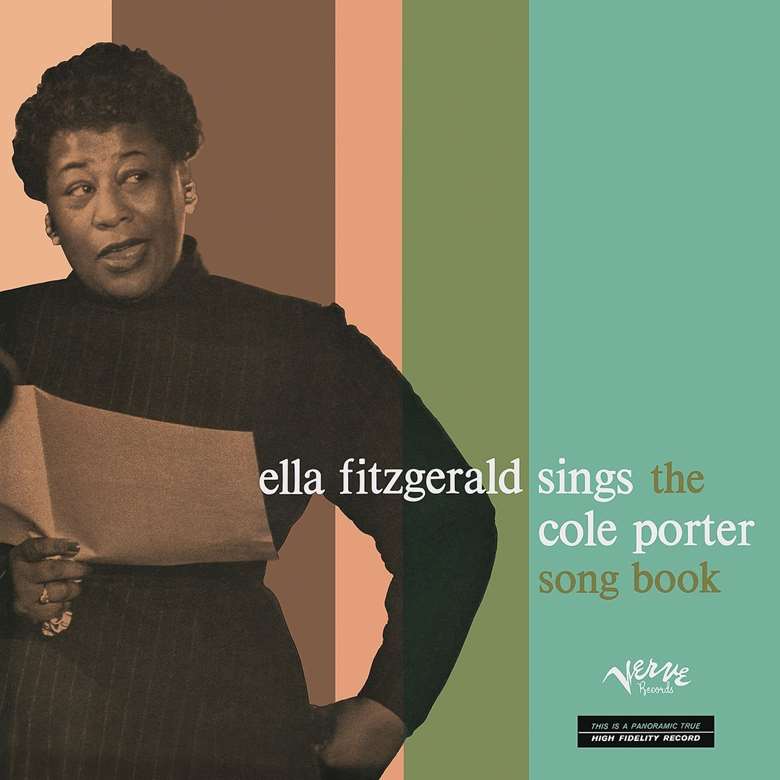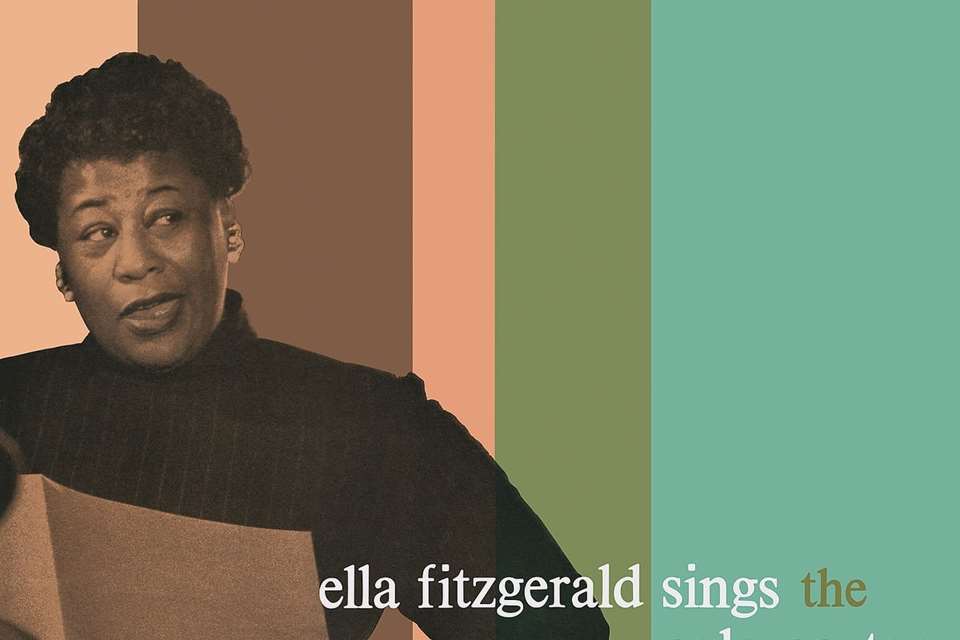Ella Fitzgerald
Stuart Nicholson
Thursday, August 1, 2019
The best known and most popular jazz artist of all time, often referred to as The First Lady of Song


Register now to continue reading

Thank you for visiting Jazzwise.co.uk. Sign up for a free account today to enjoy the following benefits:
- Free access to 3 subscriber-only articles per month
- Unlimited access to our news, live reviews and artist pages
- Free email newsletter
